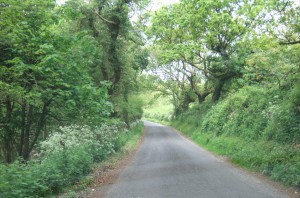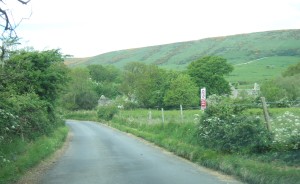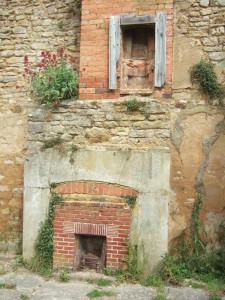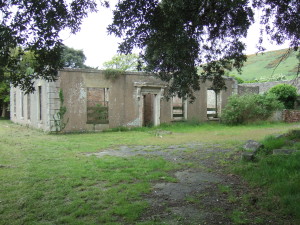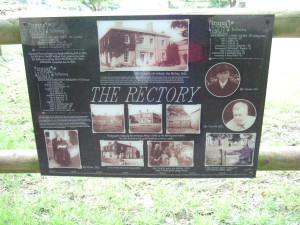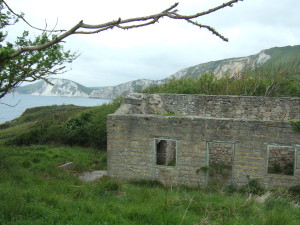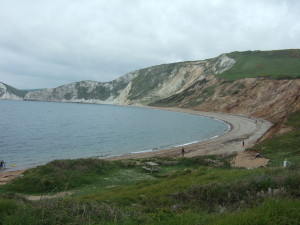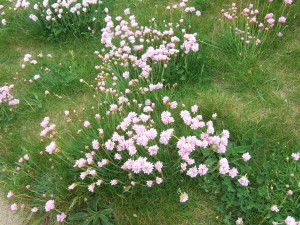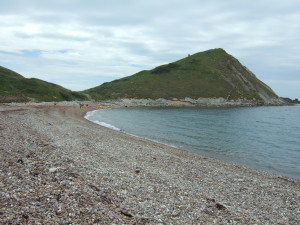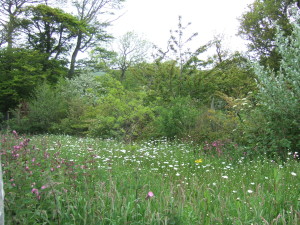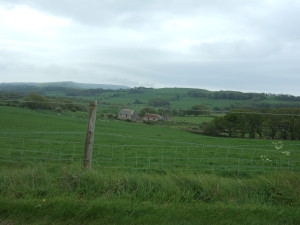Yesterday Chap and I headed south, to Tyneham and Worbarrow Bay in the Purbeck Hills of Dorset.
Tyneham has a fascinating and rather sad history. For centuries it was a small, isolated village near the Dorset coast, its inhabitants subsisting mainly by agriculture and fishing. In 1943, the Army took over the area for training and preparations for the D-Day invasions, and this required the evacuation of the 225 inhabitants of Tyneham. They were given just 28 days’ notice. The villagers left, believing they would return after the war, but 72 years on they have not been allowed back to Tyneham, nor are they ever likely to be. The area is still used as an Army Firing Range, and access is limited.
We have previously visited Imber, a similar deserted village on the Salisbury Plain Training Area, where the houses are closed up but well preserved. Tyneham is very different. All the buildings apart from the church and the school house are dilapidated, with roofs missing, no floors, no windows and generally in a really ruinous state: the once-beautiful family homes are now just shells.
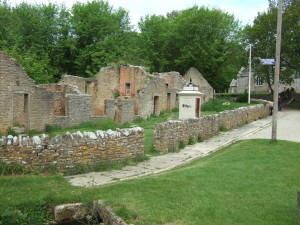
Row of four cottages, and an old phone box. The village has been ‘prettified’ for the visitors: the pavement and kerbing postdate the village’s abandonment.
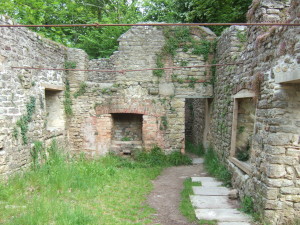
Another ruined cottage. The tie bars are holding the walls upright – without the roof they have started to spread quite markedly.
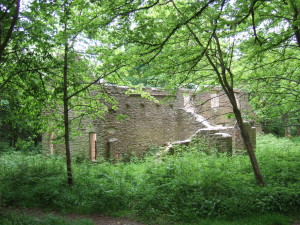
A picturesque ruin now. Since the village’s abandonment, trees have grown where would once have been beautifully-tended gardens.
It really brings it home to you on a visit to Tyneham how much a community is about the place as well as the people. And when the people were moved away from the place they loved, and settled in different locations, their community died.
The last villagers to leave pinned a poignant note to the door of the church:
Sadly the houses were not treated with care. I don’t know whether Tyneham itself was used for target practice, as were and are the surrounding hills, or quite how they came to be so ruinous in such a short period. Certainly the Army is trying to keep them from further decay, but in general their repairs are very unsympathetic to the fabric of the old buildings, with hard Portland cement being used rather than lime mortar, and infills and repairs made with engineering bricks and cement. I know the Army is not a conservation body, but it is so sad to see the buildings as they are.
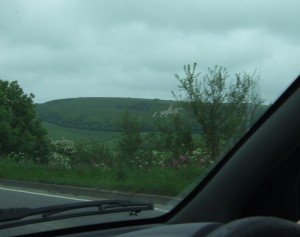
We drove past this on our (circuitous) way home: the Osmington White Horse, a hill figure created in 1808, and 85 m (280 feet) long and 98 m (323 feet) high.
Tyneham and Worbarrow Bay are open to visitors at certain times: check the visitors page on the Tyneham PC website for details.
